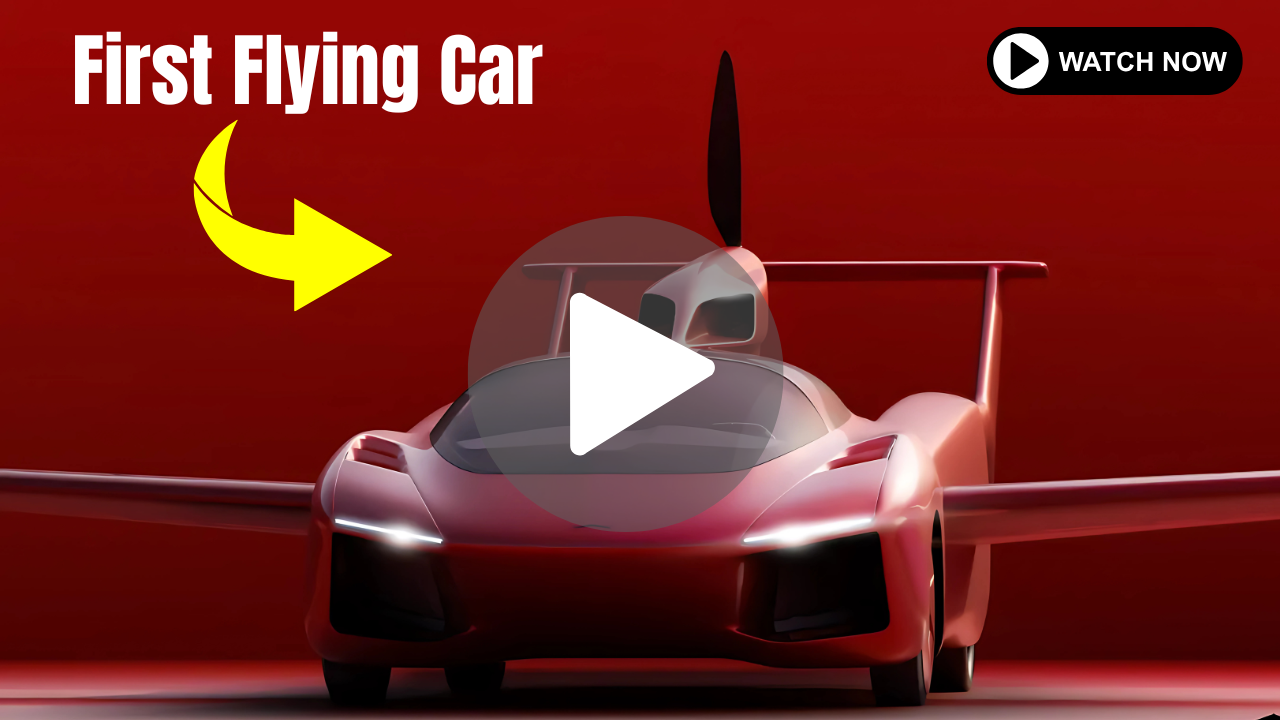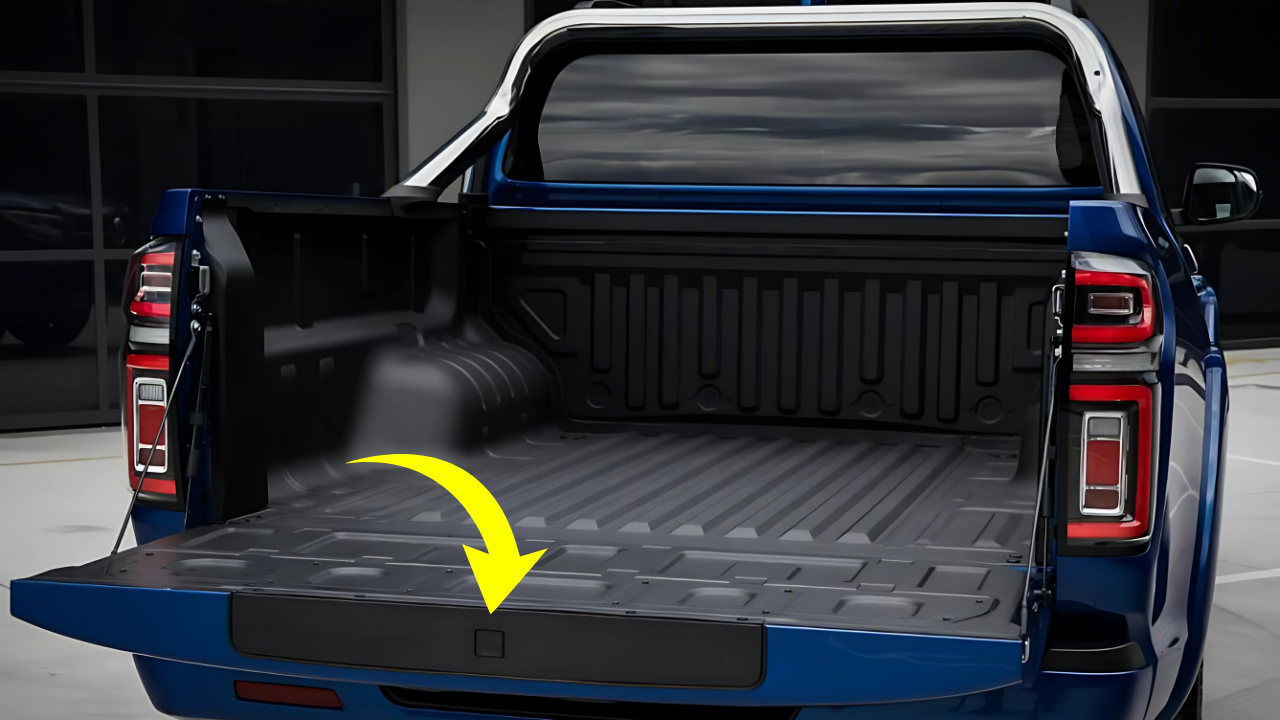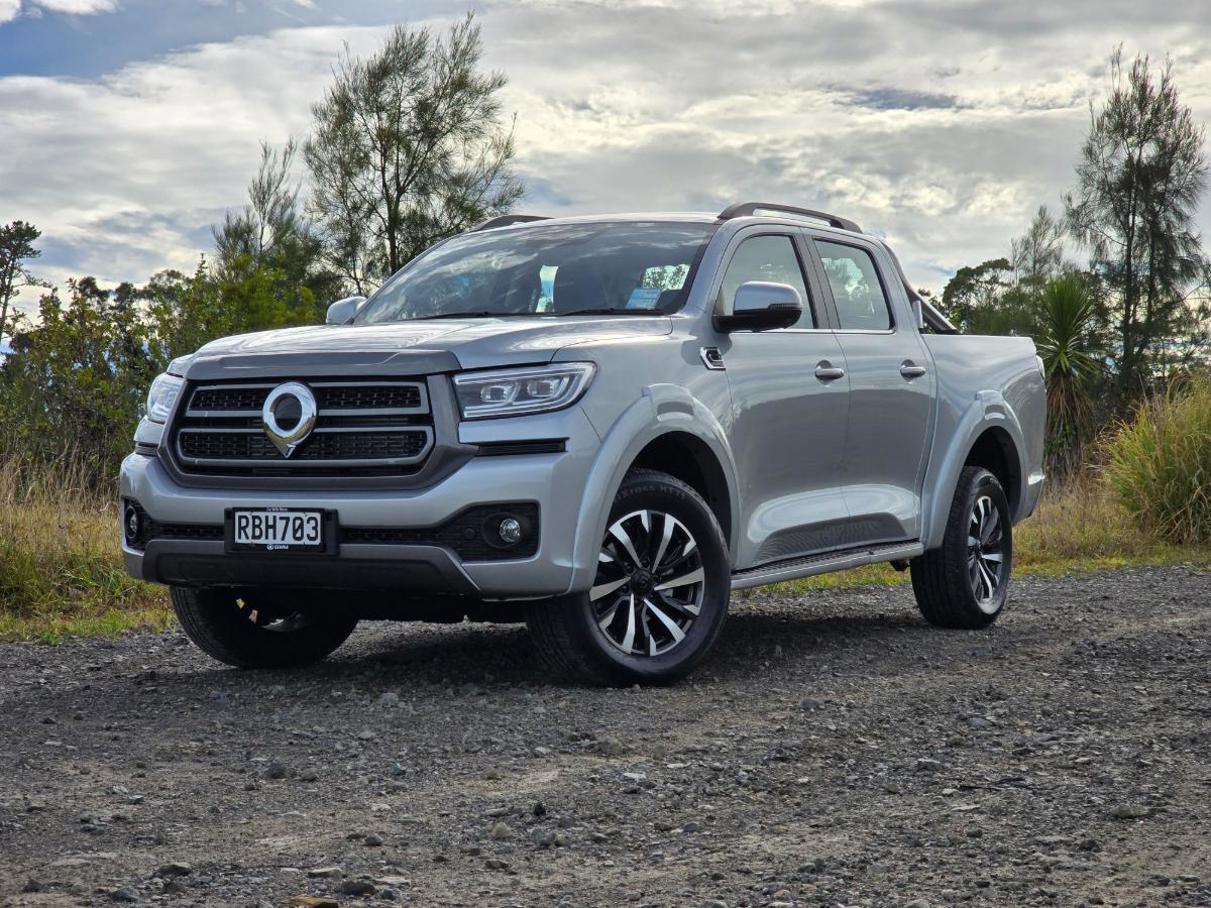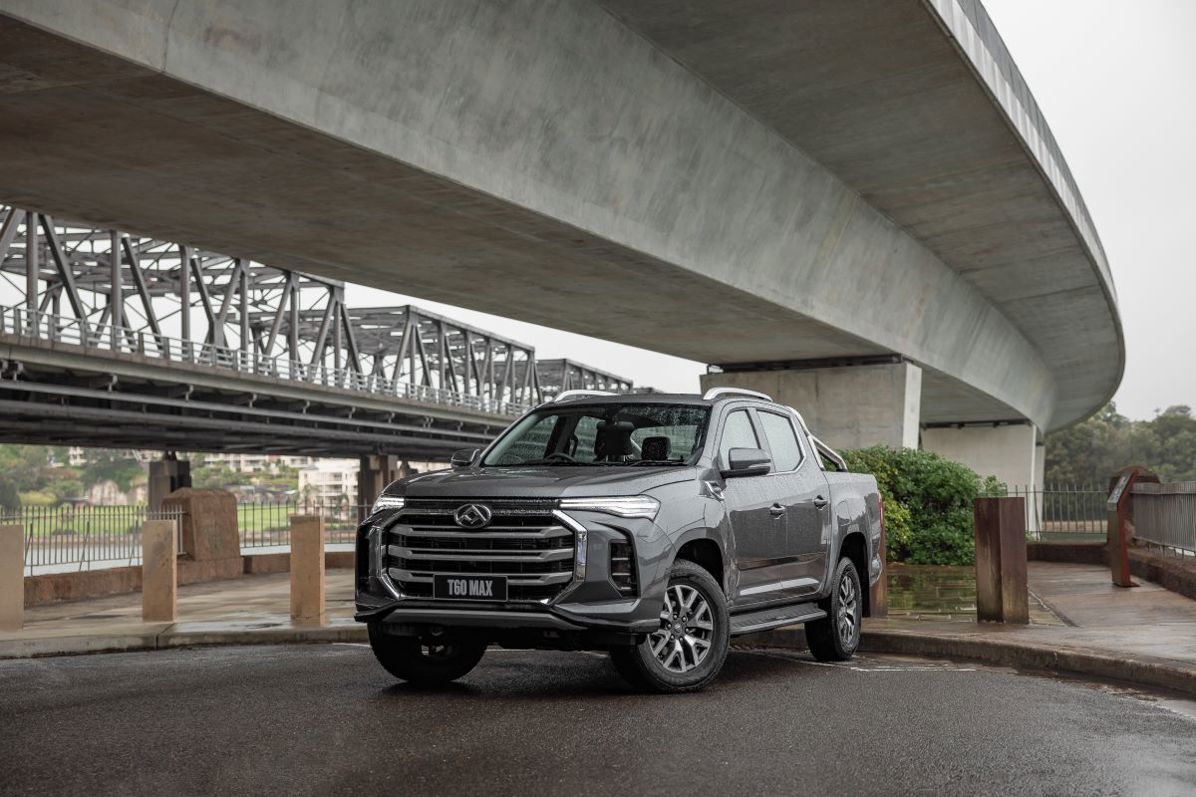The automotive and aviation industries are witnessing a groundbreaking moment as the long-awaited dream of practical flying cars inches closer to reality. After more than a decade of intensive development, the Samson Sky Switchblade has secured a cutting-edge electric motor system that promises to deliver unprecedented performance both on roads and in the skies.\
Watch Flying Car
The Partnership That’s Changing Everything
Beyond Motors Steps Into the Spotlight
Samson Sky has announced a strategic partnership with Beyond Motors, a Slovenian engineering powerhouse renowned for its expertise across marine, aviation, and automotive sectors. This collaboration represents a crucial milestone in the Switchblade’s journey from concept to commercial reality.
The decision to partner with Beyond Motors wasn’t made lightly. Sam Bousfield, CEO of Samson Sky, spent years evaluating potential suppliers before settling on the Slovenian company. “We needed a partner who understood the unique challenges of creating a propulsion system that excels in two completely different environments,” Bousfield explained during a recent industry conference.

Beyond Motors brings decades of experience in electric propulsion systems, having previously worked with luxury yacht manufacturers and experimental aircraft developers. Their track record includes developing motors for high-performance marine vessels that require both power and reliability – qualities essential for the Switchblade’s demanding specifications.
Performance Specifications That Defy Convention
Ground Performance Metrics
The numbers surrounding the Switchblade’s ground performance are nothing short of impressive. With the new electric motor system, the vehicle achieves a top speed exceeding 100 mph on conventional roads, placing it in supercar territory. More remarkably, the Switchblade accelerates from zero to 60 mph in just over five seconds – a figure that rivals many high-end sports cars currently dominating showrooms.
This performance comes courtesy of a sophisticated hybrid electric system where a gasoline engine serves as a generator, feeding power directly to electric motors positioned at the wheels. This configuration offers several advantages over traditional direct-drive systems, including instant torque delivery and precise power management.
Aerial Capabilities
When the Switchblade transforms into its aircraft configuration, the same electric system redirects power to propeller motors, enabling a cruise speed of 160 mph at altitude. The vehicle maintains an impressive range of 500 miles on a single tank of premium automotive gasoline – fuel that can be purchased at any conventional gas station.
The hybrid architecture proves particularly clever for aviation applications. Unlike pure electric aircraft that struggle with battery weight and limited range, the Switchblade’s system provides the power density needed for sustained flight while maintaining the environmental benefits of electric propulsion during ground operations.

Engineering Marvel: The Hybrid Electric System
Innovation in Dual-Mode Transportation
The Switchblade’s propulsion system represents a masterclass in engineering compromise. Traditional flying cars have struggled with the fundamental challenge of optimizing for two vastly different operating environments. Ground vehicles prioritize fuel efficiency and smooth power delivery, while aircraft demand high power-to-weight ratios and reliability.
Samson Sky’s solution elegantly sidesteps these conflicting requirements. The gasoline engine operates as a dedicated generator, running at optimal efficiency regardless of whether the vehicle is driving or flying. Electric motors handle the actual propulsion, providing the instant response needed for safe ground operation and the precise control required for flight.
Future-Proofing Through Adaptability
Perhaps most intriguingly, the system architecture anticipates future technological developments. Company engineers designed the platform to accommodate a seamless transition to fully electric operation once battery technology advances sufficiently. This forward-thinking approach ensures that early Switchblade owners won’t find themselves stranded with obsolete technology as the industry evolves.
The modular design philosophy extends throughout the vehicle. Wing assemblies can be installed or removed by a single person, and the entire transformation from car to aircraft takes less than three minutes. This practical approach addresses one of the primary concerns potential buyers express about flying car ownership – the complexity of operation.
Development Journey: Fourteen Years in the Making
From Vision to Reality
The Switchblade’s development story reads like a testament to persistence and engineering excellence. Fourteen years ago, when Bousfield first conceived the project, electric vehicle technology was still in its infancy, and the concept of a practical flying car seemed more suited to science fiction than serious engineering.
The journey involved extensive wind tunnel testing, computer simulations, and real-world prototyping. Every component faced scrutiny from both automotive and aviation perspectives, creating unique challenges that traditional manufacturers never encounter. Door hinges, for example, must function perfectly at highway speeds while also maintaining structural integrity during flight operations.
Regulatory Navigation
Perhaps equally challenging was navigating the complex regulatory landscape. The Switchblade requires certification as both a road vehicle and an aircraft, involving coordination between the Federal Aviation Administration and Department of Transportation. The solution involved classifying the vehicle as an Experimental Category aircraft and a custom motorcycle for road use.
This classification brings both benefits and responsibilities. Owners must build 51% of their vehicle themselves, spending approximately one week at Samson Sky’s Builder Assist Center. While this requirement might seem daunting, it ensures owners develop intimate familiarity with their vehicle’s systems – crucial knowledge for safe operation in both modes.
Market Response and Production Planning
Global Interest Signals Market Readiness
The market’s response to the Switchblade has exceeded even optimistic projections. More than 2,400 individuals from over 50 countries have placed reservations, representing all 50 U.S. states. This global interest suggests that the market for high-performance flying cars extends far beyond early adopters and aviation enthusiasts.
Reservation holders represent a diverse demographic, including business executives seeking to bypass traffic congestion, adventure tourists interested in unique travel experiences, and aviation enthusiasts drawn to cutting-edge technology. The common thread connecting these buyers is a willingness to embrace innovative transportation solutions.
Production Strategy
Samson Sky’s production approach reflects lessons learned from both automotive and aerospace industries. Rather than attempting mass production immediately, the company plans to manufacture a limited test fleet of three vehicles. This conservative approach allows for extensive validation of supply chains and manufacturing processes before scaling to full production.
The main production facility is currently under development, incorporating specialized equipment designed specifically for the Switchblade’s unique requirements. Production vehicles destined for customer delivery are scheduled to begin manufacturing in 2026, assuming successful completion of the test program.
Technical Specifications Overview
| Specification | Ground Mode | Flight Mode |
|---|---|---|
| Top Speed | 100+ mph | 160 mph |
| Acceleration (0-60 mph) | ~5 seconds | N/A |
| Range | 500 miles | 500 miles |
| Fuel Type | Premium gasoline | Premium gasoline |
| Transformation Time | <3 minutes | <3 minutes |
| Seating Capacity | 2 passengers | 2 passengers |
| Power Source | Hybrid electric | Hybrid electric |
| Certification | Custom motorcycle | Experimental aircraft |
Legislative Progress and Road Legality
State-by-State Advancement
The regulatory landscape for flying cars continues evolving as states recognize the potential economic and technological benefits. Minnesota recently became the second state to explicitly approve flying car road travel, following New Hampshire’s pioneering legislation several years earlier.
These legislative victories didn’t happen by chance. Samson Sky actively lobbied for sensible regulations that acknowledge the unique nature of roadable aircraft. The Minnesota law specifically requires flying car operators to follow standard traffic laws while in ground mode – a common-sense approach that treats these vehicles as conventional automobiles when operating on public roads.
Infrastructure Considerations
The legal framework addresses practical concerns about infrastructure usage. Flying cars like the Switchblade can drive to airports for takeoff, eliminating the need for specialized launch facilities. This approach leverages existing infrastructure while introducing minimal disruption to current transportation systems.
States that delay adopting flying car legislation risk missing opportunities to participate in what industry analysts predict will become a significant economic sector. Early adopting states position themselves as innovation hubs, potentially attracting manufacturers and related businesses.
Safety Features and Redundancy Systems
Multiple Backup Systems
Safety remains paramount in the Switchblade’s design philosophy. The electric motor system incorporates multiple redundancy layers, ensuring continued operation even if individual components fail. Each motor operates independently, preventing single-point failures from compromising vehicle safety.
The hybrid architecture provides additional safety margins. If the electric system encounters problems during ground operation, the vehicle can continue operating as a conventional automobile. Similarly, the gasoline engine provides backup power generation capabilities during flight operations.
Advanced Materials and Construction
The Switchblade’s structure utilizes advanced composite materials borrowed from aerospace applications. These materials provide exceptional strength-to-weight ratios while maintaining the flexibility needed for dual-mode operation. Carbon fiber components feature throughout the vehicle, from body panels to wing structures.
Future Implications for Transportation
Industry Transformation Potential
The Switchblade’s success could catalyze broader changes in personal transportation. As more companies develop flying cars and related technologies, the industry may reach a tipping point where such vehicles become mainstream rather than exotic curiosities.
Urban planners are already considering how flying cars might alleviate traffic congestion in major metropolitan areas. Short-distance flights could bypass traditional road networks entirely, potentially reducing commute times and environmental impact simultaneously.
Technological Ripple Effects
Innovations developed for the Switchblade often find applications in other industries. The electric motor control systems, for example, could enhance conventional electric vehicles. Similarly, lightweight materials and manufacturing techniques may benefit aerospace and automotive sectors broadly.
Frequently Asked Questions
How much will the Switchblade cost when production begins?
Exact pricing hasn’t been announced, but industry estimates suggest a range between $400,000 to $600,000 for early production models.
Do I need a pilot’s license to operate the Switchblade?
Yes, operating the Switchblade in flight mode requires a sport pilot license or higher rating from the FAA.
Can the Switchblade operate in bad weather conditions?
Like all small aircraft, the Switchblade has weather limitations and should not be flown in severe conditions such as thunderstorms or heavy icing.
The Samson Sky Switchblade represents more than just another experimental vehicle – it embodies the realization of a century-old dream. With its revolutionary electric motor system and practical approach to dual-mode transportation, the Switchblade may finally deliver the flying car that futurists have long promised. As production approaches in 2026, the world watches to see whether this remarkable machine will transform from engineering marvel into transportation revolution.







